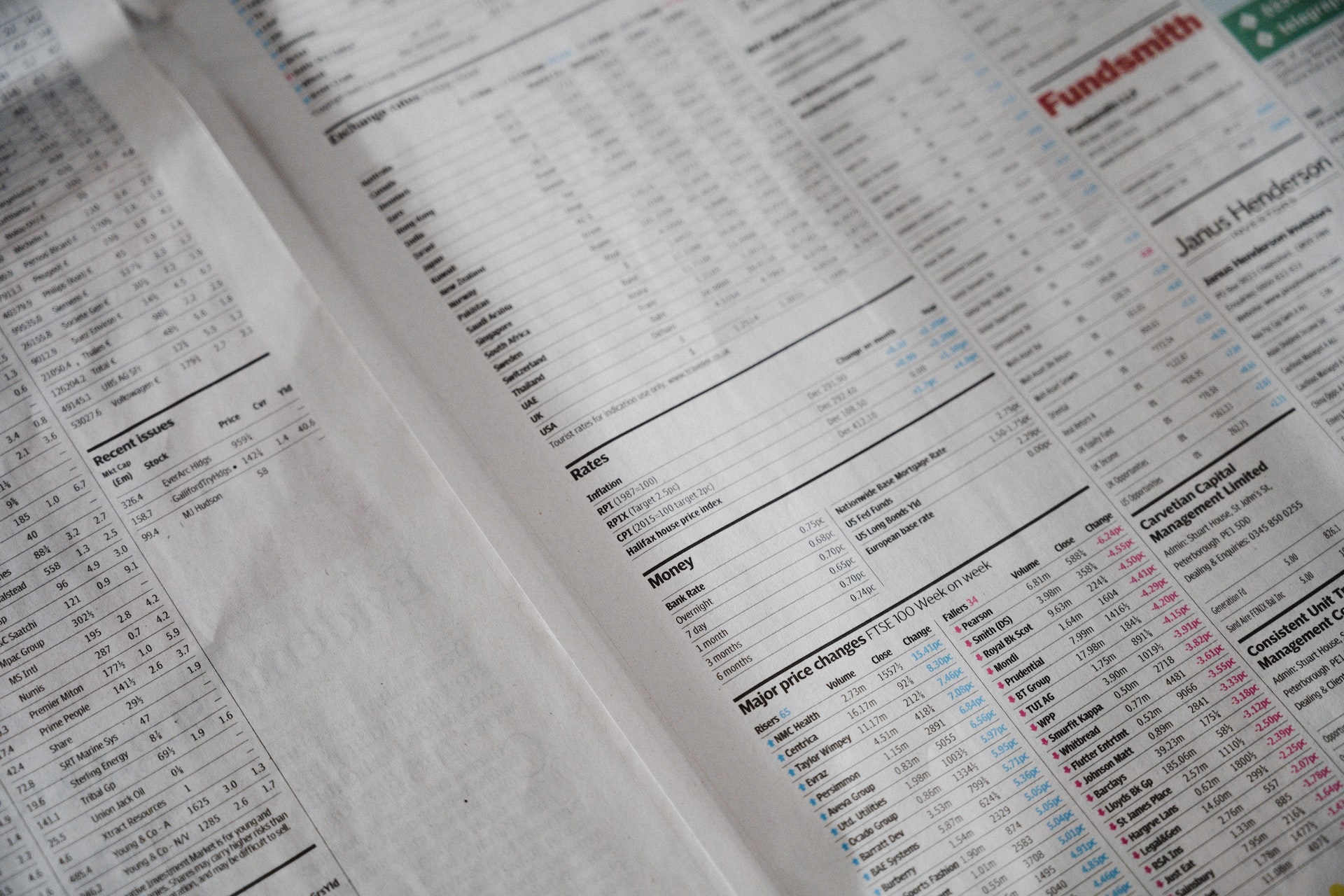Reverse takeover: peculiarities of the RTO procedure
A business acquires the status of a public company after it is listed on the stock exchange. Then its shares become available for purchase. The most common option for this is an IPO or initial public offering, but this procedure requires quite a lot of funds and takes a long time. An alternative is a reverse takeover, also known as an RTO.
This mechanism for going public is a merger, where the right to manage a public company is transferred to a private one, and thus it can trade its shares on the market.
The RTO is carried out according to two key principles:
– in a merger, the public company ceases to exist and is replaced by a private company;
– after the transaction, the private company transfers its assets and management to the public company. The shares of the new company may be listed on the stock exchange.
In this model, the public company often assumes the role of a shell. After the transaction, only the structure of the public company remains. In most cases, SPACs are used for reverse takeovers. They perform purely formal functions and have no revenues and no operations. At the time of listing, investors do not know which company is behind the SPAC. After the listing, such a shell company acquires shares of a private company, and then the SPAC is liquidated. At the same time, the securities of the acquired private company remain on the exchange.
A reverse takeover may involve the full or partial acquisition of shares, the exchange of securities, or the transfer of assets from a private company to a public company. In the reverse takeover procedure, there are several options for restructuring:
In the reverse takeover procedure, there are several options for restructuring:
– private business completely absorbs public business, and it is a question of using licenses, transferring to the private firm the legal address of the public firm, its listing. Thus, after the RTO, a new company appears, based on a private company;
– the assets of the private business are taken over by the public one, while the company itself continues to exist. One of the structures becomes a subsidiary company.
Three forms of RTOs are distinguished. The classic one is the purchase of a private business by the SPAC, after which the pacifier transfers management and shares to the private firm. The second model is an exchange of shares and assets. The SPAC buys the private company’s securities and transfers its stock as payment. The assets go to the pacifier, and the private business receives the shares. Thus the new business is based on the SPAC, and the debts remain with the private company.
The third option is a stock swap. The shareholders of the SPAC receive the securities of the private business, and the latter takes over the empty company. The new company develops on the basis of the SPAC.
Although reverse takeovers have become more common in recent years, they are not as popular as IPOs. The main disadvantage of RTOs is considered to be the inability to obtain large investments immediately after going public.










